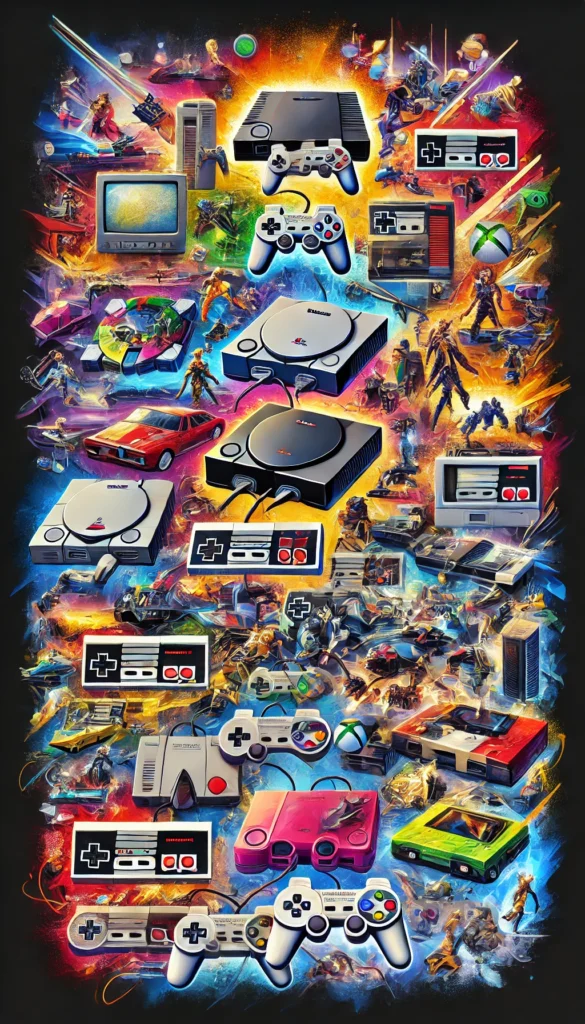
The Evolution of Electronic Sports: A Journey Through Gaming History
Electronic sports, commonly known as esports, have transformed from humble beginnings into a global phenomenon. The roots of esports trace back to the early 1970s, with the first recognized video game competition held at Stanford University in 1972 for the game “Spacewar!”. This event laid the groundwork for the competitive gaming scene. As video games became more sophisticated and widespread with the advent of personal computers and later, gaming consoles, the 1980s and 1990s saw a surge in organized gaming competitions. Notable milestones included the 1980 Space Invaders Championship by Atari, which drew over 10,000 participants and marked one of the first large-scale video game competitions.
The late 1990s and early 2000s witnessed the formalization of esports as we know it today, spurred by the Internet’s proliferation which facilitated global connectivity. Games like “StarCraft: Brood War” became phenomenally popular in South Korea, leading to the establishment of professional leagues, dedicated gaming channels, and the rise of professional gamers who could earn a living through sponsorships and prize money. As the 2000s progressed, the introduction of major titles such as “Counter-Strike,” “League of Legends,” and “Dota 2” solidified esports’ place in mainstream culture, supported by the growth of streaming services like Twitch, which allowed millions to watch tournaments online.
Today, esports encompasses a wide array of games and boasts a diverse, global audience. Major tournaments now fill stadiums and offer prize pools that rival those of traditional sports. The industry continues to grow, driven by advancements in gaming technology, increased viewer engagement, and significant investment from traditional sports brands and media companies. Esports’ journey from niche hobby to a cornerstone of the entertainment industry highlights its significant impact on both culture and technology, promising an even more dynamic future.
